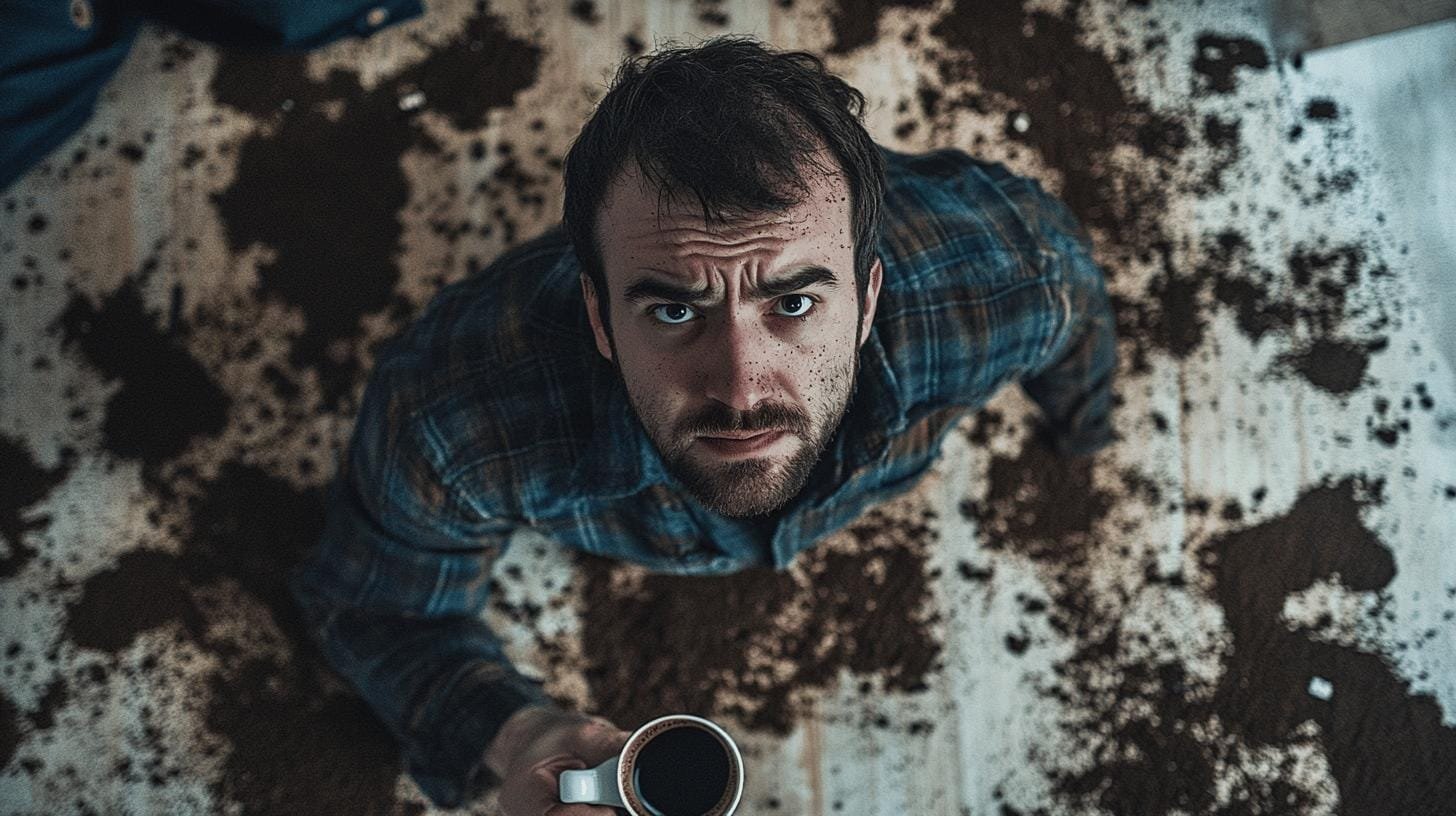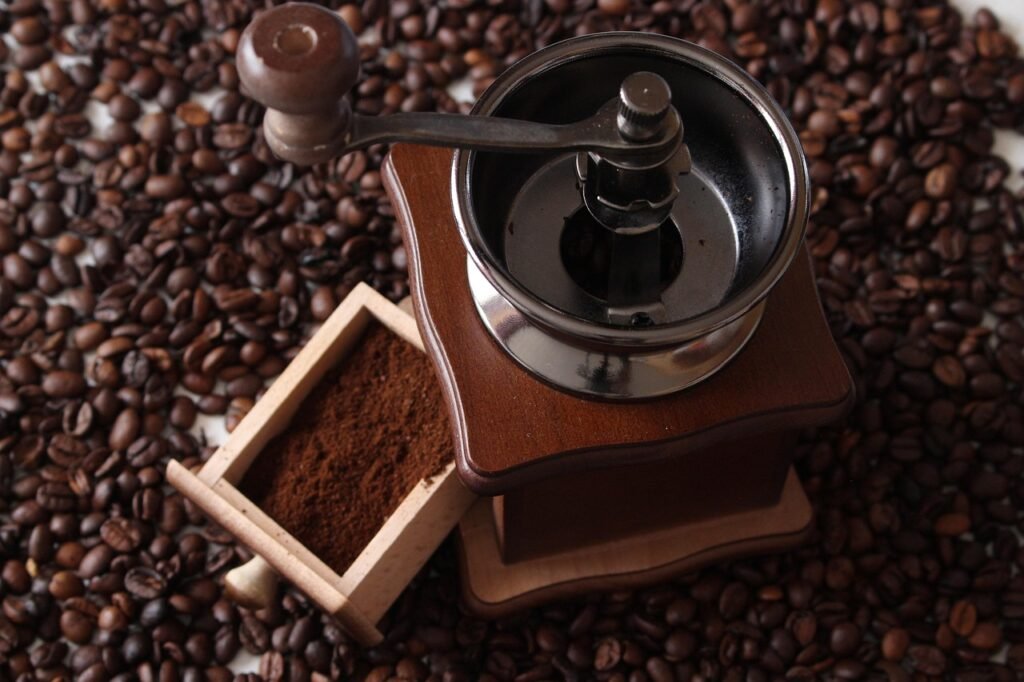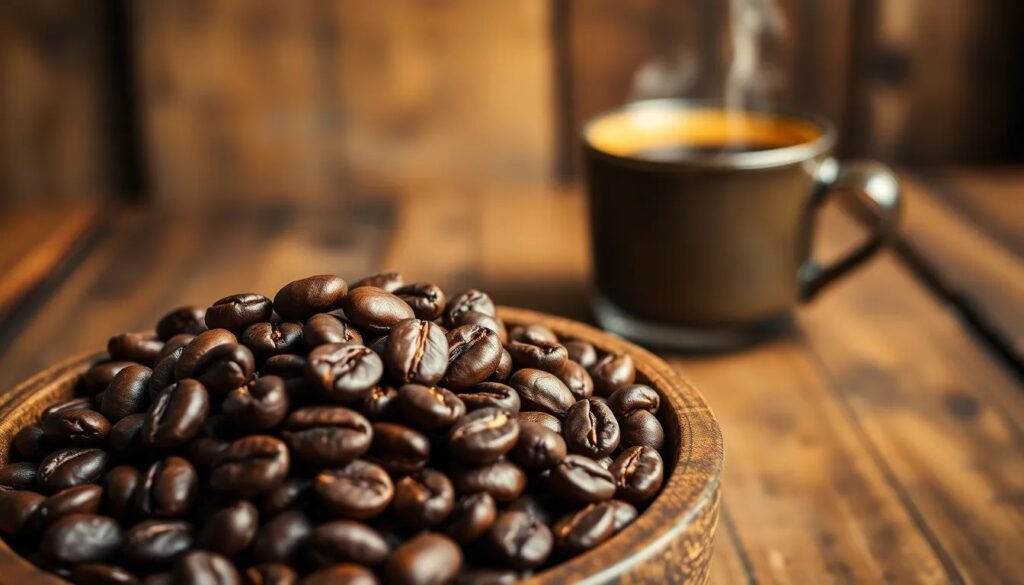Ever wondered how much caffeine is in your morning cup of joe, or how espresso packs such a punch despite its small size? The diverse world of coffee offers surprising variations in caffeine content that might surprise even seasoned coffee aficionados. From a standard cup of brewed coffee to the refined extraction of espresso, every type offers a unique caffeine profile. In this article, we’ll delve into the intricacies of the amount of caffeine in coffee, revealing fascinating facts that could redefine your daily brewing choices. Let’s examine how different factors shape this energizing compound’s presence in our beloved beverage.
Understanding Caffeine Content in Different Coffee Types
The amount of caffeine in coffee varies widely based on the type and preparation. An 8-ounce cup of brewed coffee usually has about 95 mg of caffeine, providing that familiar energy boost. Espresso differs, as it’s made by pushing hot water through finely ground beans. This method results in a strong flavor and a distinct caffeine amount. Surprisingly, decaf coffee still contains caffeine. It ranges from 2 to 15 mg per 8-ounce serving because decaffeination doesn’t remove all the caffeine.
Espresso’s unique preparation, using hot water and pressure, extracts caffeine efficiently, creating a potent drink despite its small size. Instant coffee is similar in caffeine content to regular coffee. It’s made from brewed coffee that’s then dehydrated, keeping much of its original caffeine.
Variation in caffeine among coffee types is due to both brewing methods and bean types. Brewed coffee has more caffeine typically because of longer steeping times. This allows more caffeine extraction. Decaf goes through a process to remove most caffeine, but some remains. Knowing this helps adjust caffeine levels to personal likes and health needs.
Factors Influencing Caffeine Levels in Coffee

The amount of caffeine in coffee is mainly influenced by the beans used. Arabica and Robusta are the most common varieties. Arabica beans have 1-1.5% caffeine by weight, offering a sweet, smooth flavor. Robusta has more, with 2-2.5% caffeine, providing a strong, bitter taste. This higher content makes Robusta ideal for a more intense caffeine boost.
Brewing method also matters. Espresso is made by forcing hot water through finely ground coffee under high pressure. This method maximizes caffeine extraction. Brewed coffee, with a longer steeping process, extracts caffeine over time, resulting in a standard caffeine level.
Key factors include:
- Bean type (Arabica vs. Robusta)
- Grind size
- Brewing time
- Water temperature
- Brewing pressure
Serving size and brand affect caffeine too. Larger servings naturally have more caffeine. Brands often have higher levels than homemade coffee due to their roasting and brewing methods. Some brands even boost caffeine content to meet consumer demand, showing the importance of understanding these factors for better caffeine choices.
Comparing Caffeine Content in Popular Coffee Brands
Many commercial brands offer more caffeine than home-brewed versions. Starbucks and Dunkin’ Donuts, for example, are known for strong, high-caffeine drinks. They provide a real caffeine punch, thanks to specific brewing techniques and formulas. These brands meet the demand for an energy boost, making them popular among those who prefer stronger coffee.
| Brand Name |
Caffeine Content (mg per 8 oz) |
| Starbucks |
155 |
| Dunkin’ Donuts |
120 |
| McDonald’s |
109 |
Brands use various factors to ramp up caffeine levels, like bean choice, roasting, and brewing methods. Many use Robusta beans for higher caffeine content. Their roasting and brewing processes are tailored to extract maximum caffeine, appealing to those needing more energy while keeping flavor consistent across outlets.
Health Implications and Recommendations for Caffeine Intake

The FDA suggests adults keep caffeine to under 400 mg daily, a limit based on general tolerance. That’s about four 8-ounce cups of brewed coffee. Individual sensitivity varies; some may feel effects with less, others can handle more. Overconsumption can cause issues like anxiety, nervousness, sleep problems, and heart palpitations. Thus, it’s crucial to moderate intake for wellbeing.
Caffeine also offers benefits:
- Better focus and concentration
- Enhanced physical performance
- Increased alertness
- Possible mood boost
- Metabolic rate support
To use caffeine wisely, adjust intake to your tolerance and routine. Spread it out during the day rather than all at once. Monitor sleep and cut back if necessary. Listen to your body and be ready to reduce intake to balance caffeine’s perks with its drawbacks.
The Superiority of Home-Roasted Coffee Beans
Roasting your coffee beans at home gives unmatched control over caffeine content. You can tweak the roast level, influencing caffeine levels. Typically, lighter roasts have more caffeine than darker roasts. Home roasting lets you fine-tune these aspects for a personalized coffee that store-bought brands can’t match.
Benefits include:
- Freshness: Use beans at peak freshness, enhancing flavor and caffeine retention.
- Flavor Customization: Experiment with roast profiles for unique tastes.
- Source Transparency: Choose trustworthy sources for quality and ethics.
- Cost Efficiency: Over time, home-roasting can be cheaper than buying premium coffee.
- Environmental Impact: Less reliance on mass-produced coffee reduces waste and supports sustainability.
Home-roasting keeps caffeine fresh, unlike commercial roasting which can degrade caffeine over storage. Enjoy coffee at its peak and meet the growing demand for quality and ethical sourcing with home-roasting.
Final Words
Exploring the amount of caffeine in coffee reveals variations influenced by bean type, brewing methods, and brand specifics. Understanding these factors aids in making informed decisions for both enjoyment and health considerations. While popular brands offer convenience, home-roasting provides control over flavor and caffeine content.
Knowledge of the actual amount of caffeine in coffee enables individuals to tailor their coffee experience to match their preferences and dietary needs. Awareness and moderation in caffeine consumption can enhance the enjoyment and benefits of coffee. Balance and informed choices pave the way to savoring coffee responsibly while appreciating its rich complexities.
FAQs
What amount of caffeine in coffee is dangerous?
According to health authorities, consuming more than 400 mg of caffeine daily is considered excessive and may lead to side effects like anxiety and heart palpitations.
How much caffeine is in Starbucks coffee?
Starbucks coffee tends to have higher caffeine levels, with an 8-ounce serving averaging around 180 mg. Brand-specific brewing methods contribute to its strength.
How much caffeine is in a 12 oz cup of coffee?
A 12-ounce cup of brewed coffee typically contains 140-190 mg of caffeine, depending on bean type and brewing method used.
How much caffeine in a day is advisable?
The FDA recommends limiting daily caffeine intake to 400 mg for adults, balancing the benefits while minimizing potential adverse effects.
How much caffeine is in a standard cup of coffee?
An average 8-ounce brewed coffee contains approximately 95 mg of caffeine, varying slightly with coffee bean and brewing method preferences.













